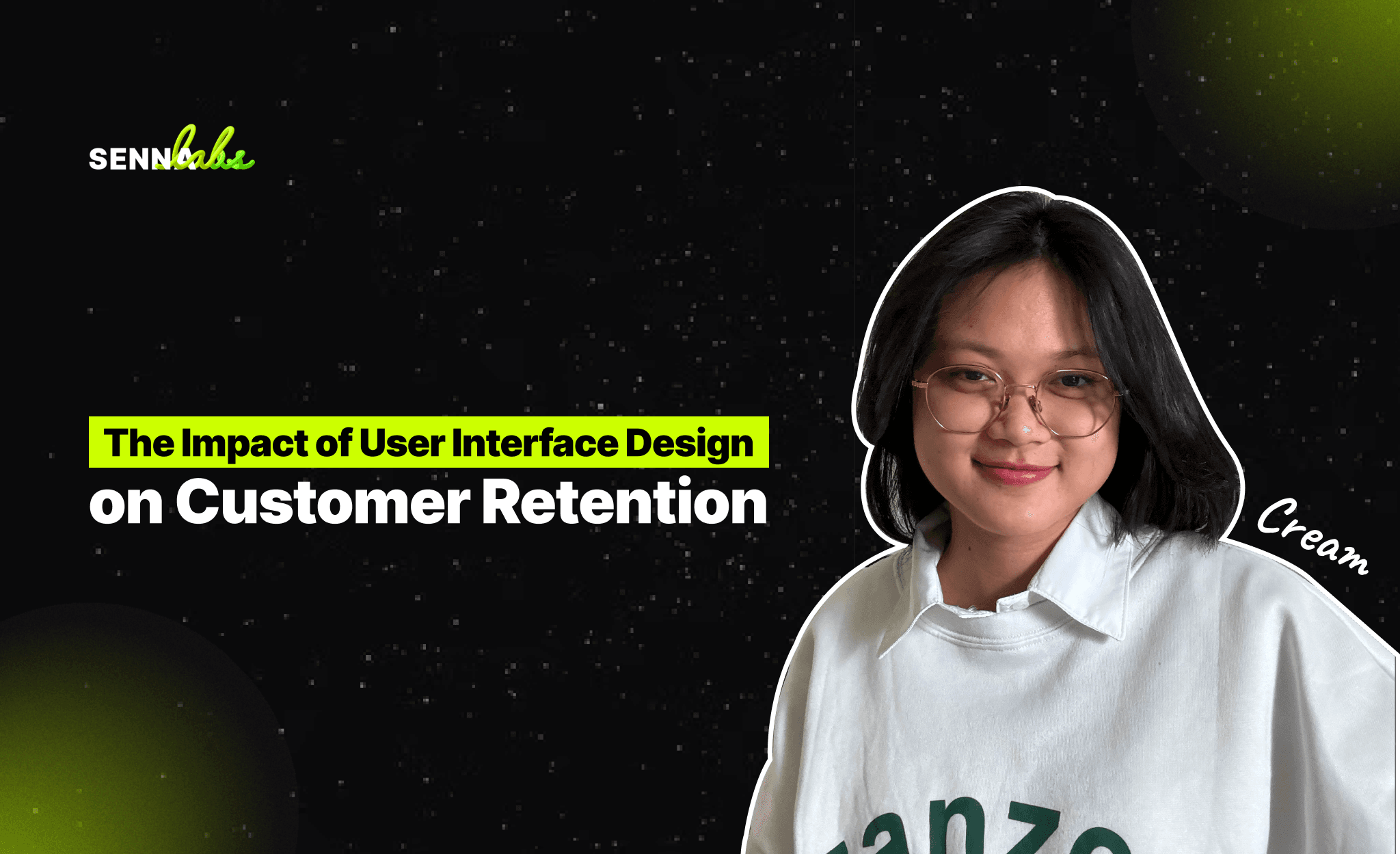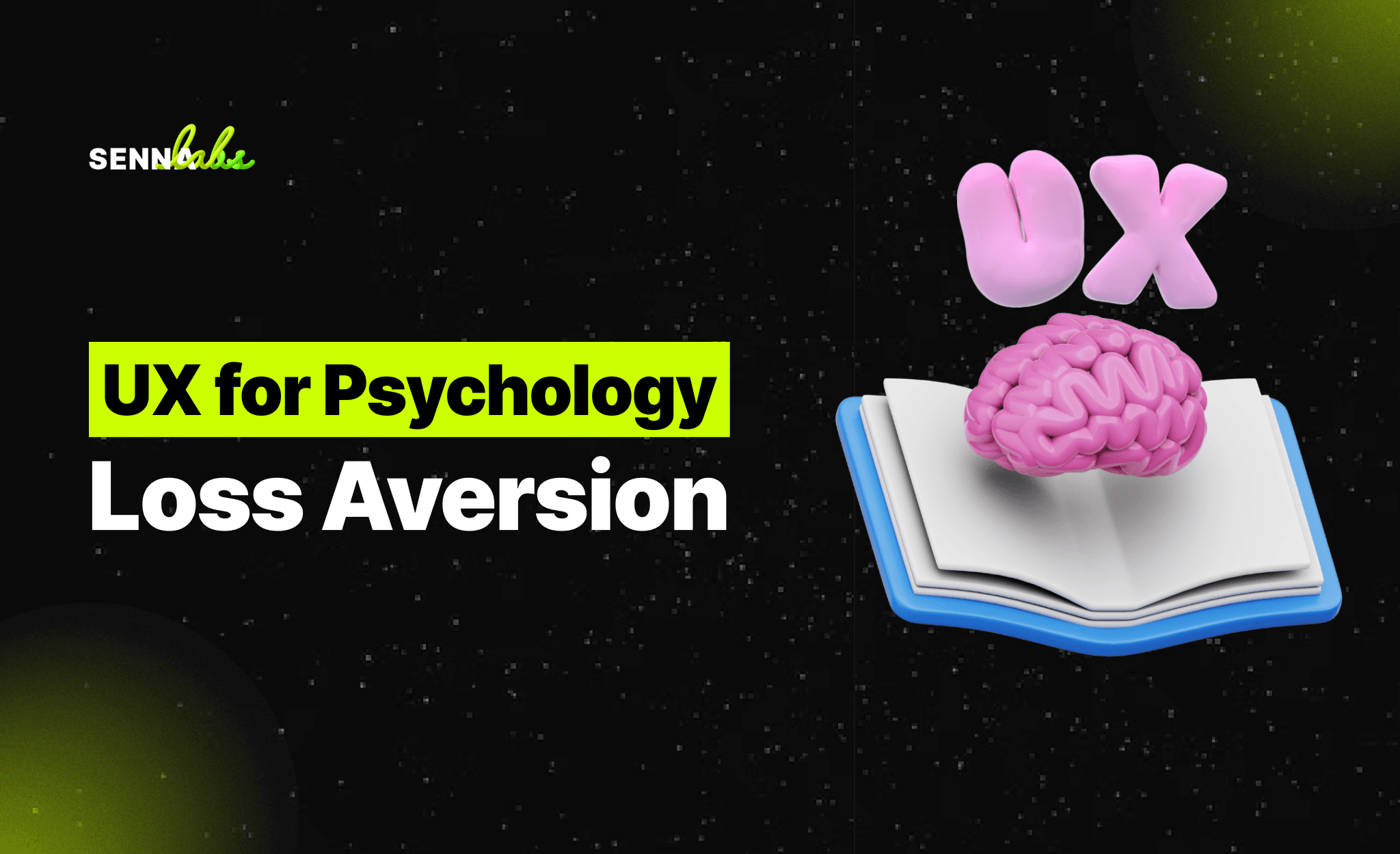The Impact of User Interface Design on Customer Retention
Share

In today’s highly competitive digital landscape, customer retention is a critical metric for the success of any business. While many factors influence customer loyalty, one often-overlooked yet highly significant element is user interface (UI) design. A well-designed interface can make a product or service more enjoyable and easier to use, resulting in higher levels of engagement and customer satisfaction. When customers find a product intuitive and convenient, they are far more likely to continue using it and recommend it to others.
This article explores how effective UI design plays a direct role in improving customer retention. We will discuss how simplifying navigation, improving usability, and enhancing the overall user experience can make a substantial difference in keeping customers engaged and reducing churn.

Why UI Design Matters for Customer Retention
User interface design is about much more than aesthetics. It involves creating a seamless interaction between the user and the product. A well-thought-out UI takes into account how users will navigate through the system, how they will perform key tasks, and how they will find the information they need.
Here are several ways in which an effective UI can directly contribute to better customer retention:
-
Simplified Navigation:
A user-friendly interface makes it easy for users to navigate the product. When customers can find what they need quickly and without confusion, they are more likely to stay engaged. Conversely, if navigation is complicated or unclear, users are more prone to frustration, which can lead to abandonment. -
Increased Usability:
Usability is the measure of how efficiently users can achieve their goals within a product. When the interface is intuitive, with clear labels, logical layouts, and easy-to-understand actions, users can achieve their tasks without unnecessary effort. This results in a smoother experience, keeping users satisfied and loyal. -
Consistency Across the Platform:
Consistent design ensures that users know what to expect as they navigate the product. Whether it's the placement of buttons, the use of colors, or the structure of menus, consistency breeds familiarity. When users don't have to re-learn how to use different parts of the product, they are more likely to continue using it. -
Enhanced Customer Experience:
A good UI focuses on the user’s overall experience—how they feel when interacting with the product. A well-designed interface will not only be functional but also pleasant to use. This can include aesthetically pleasing layouts, appropriate use of color schemes, and subtle animations that enhance interaction. An enjoyable experience increases the likelihood that customers will return to the product.
The Relationship Between UI Design and Customer Retention
Customer retention refers to the ability of a company to retain its customers over time. For a business, retaining existing customers is often more cost-effective than acquiring new ones. For a digital product, whether it’s a SaaS platform, e-commerce site, or mobile app, user experience plays a pivotal role in influencing whether customers will return or churn.
Effective UI design creates a frictionless experience, which is vital for retention. Customers are more likely to leave a product if they encounter barriers such as difficult navigation, long loading times, or confusing layouts. On the other hand, a product that anticipates and meets the needs of its users will foster trust, leading to long-term customer loyalty.
Key UI Design Principles That Improve Retention
To build a UI that encourages users to stay, certain design principles must be considered. Let’s examine the key principles that contribute to user retention:
-
Clarity:
Clear and simple design is critical to a successful user interface. Every aspect of the UI, from buttons to navigation menus, should be easy to understand. Users should be able to quickly determine how to perform their desired actions without extensive explanations or instructions. -
Responsive Design:
In today’s multi-device world, your UI must be responsive and adaptable across platforms, including desktops, tablets, and mobile devices. A seamless experience across devices allows users to engage with the product whenever and wherever they choose, reducing the risk of frustration or abandonment. -
Feedback and Interaction:
When users perform actions—such as clicking a button, submitting a form, or making a purchase—there should be clear feedback indicating the action was successful. This can include animations, confirmation messages, or progress indicators. Providing users with immediate feedback prevents confusion and builds trust. -
Personalization:
Personalizing the user experience can greatly enhance customer retention. Personalization could include displaying relevant content, adjusting layouts based on user preferences, or remembering the user’s previous actions. A UI that adapts to the user’s needs and preferences fosters a deeper connection with the product. -
Speed and Performance:
Speed is a crucial factor in user retention. Even the most beautifully designed UI will fall flat if it’s slow or unresponsive. Users expect fast load times and smooth transitions. Any lag can frustrate users, prompting them to abandon the product altogether. Optimizing performance ensures that the UI functions efficiently without delays. -
User Testing and Iteration:
An essential aspect of UI design is continually testing and iterating based on user feedback. What works for one group of users may not work for another. Conducting user tests can provide insights into areas where the UI is causing friction, allowing designers to make improvements and refine the experience over time.
Real-World Example: A SaaS Company’s UI Redesign
Let’s consider the example of a SaaS company that struggled with user retention due to a complex and outdated interface. Users frequently complained about the difficulty of finding essential features, leading to frustration and high churn rates.
To address this, the company embarked on a comprehensive UI redesign with a focus on simplicity and usability. They simplified the navigation by reducing the number of steps required to complete tasks and restructured the layout to prioritize the most-used features. Clear labels and intuitive icons were added to guide users.
As a result of these changes, users found the product much easier to navigate. The streamlined interface allowed customers to complete tasks more quickly and efficiently. The improved usability led to increased engagement and fewer users abandoning the platform. Additionally, user satisfaction scores improved significantly, indicating a more enjoyable experience.
Conclusion: Prioritizing UI Design for Better Retention
User interface design is a powerful tool for improving customer retention. By focusing on simplicity, usability, and performance, businesses can create interfaces that users enjoy interacting with, leading to longer customer lifecycles and stronger brand loyalty.
Whether you're designing a mobile app, a SaaS platform, or an e-commerce website, investing in UI design is crucial to creating an intuitive and enjoyable experience. It’s not just about making things look good; it’s about removing friction, enabling users to achieve their goals, and ensuring they have a reason to keep coming back.
In a world where users have more choices than ever, creating a seamless and intuitive UI can make all the difference between a loyal customer and a lost opportunity. By prioritizing UI design, you are laying the foundation for better engagement, lower churn rates, and long-term business success.

Share

Keep me postedto follow product news, latest in technology, solutions, and updates
Related articles
Explore all


